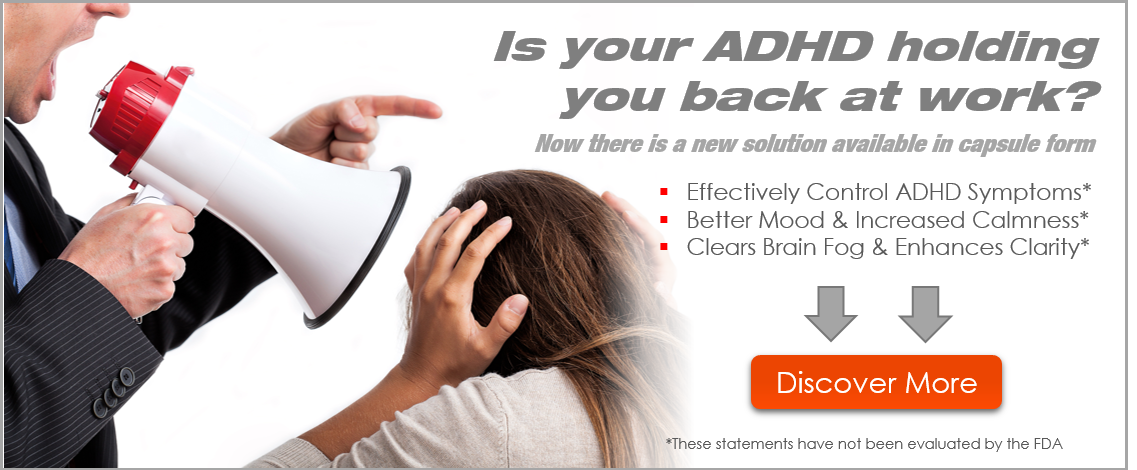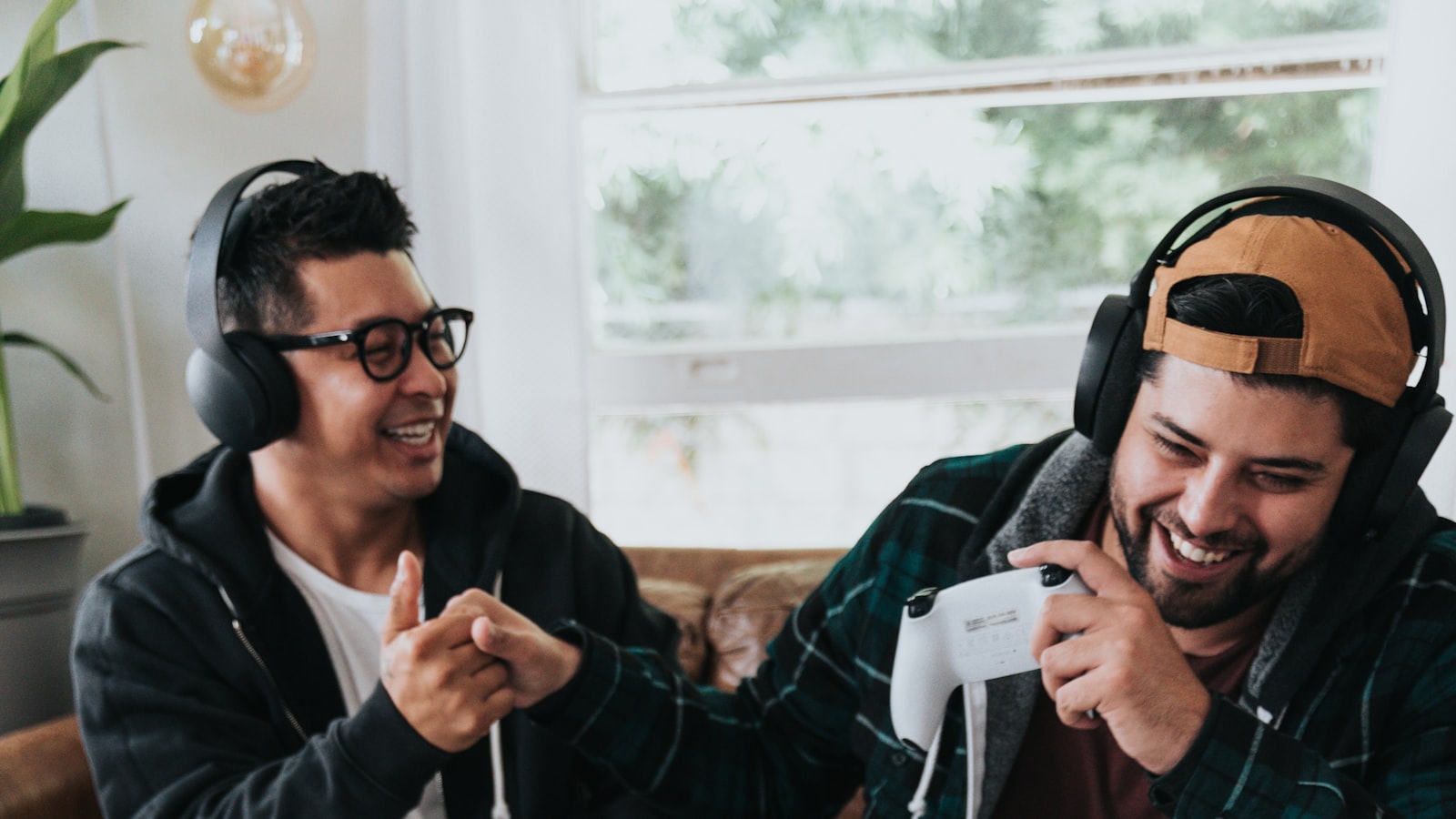Anxiety and depression often come together. And there’s different ways this can look. Sometimes anxiety spawns depression, where you start off with something like obsessive compulsive disorder where you have these overwhelming thoughts that you can’t get out of your head or rituals that you can’t stop doing. Or you may have generalized anxiety disorder where you are gripped with worry and fear. Some people’s anxiety can be so bad that they wake up every morning and throw up. Or you can feel like there’s a heavy weight pressing on you all day. Some people feel like their throat is closing all day long. This is a horrible way to feel. Especially when there’s not a clear reason to feel anxious. You can start to think – what’s wrong with me? Why can’t I feel normal? Feeling like this for weeks or months on end can make some people sink into a depression. In this case, you would have two disorders, the original anxiety disorder and then a depression.
That’s one scenario. Another scenario is when your primary problem is depression – having no joy, feeling hopeless, hardly having the energy to do anything. Instead of feeling a heavy weight on your chest all day, you feel tears just behind your eyes all day ready to stream at the slightest provocation.
This is what your depression might look like if you had pure depression. But many times people have anxiety symptoms mixed in with their depression. The anxiety doesn’t rise to the level of a full disorder like panic disorder or generalized anxiety disorder. But it’s presence is enough to make the quality of your depression different. The term for this is depression with anxious distress. Anxious distress is what we call a course specifier. It gives more specific information about how your depression looks and behaves.
Here is the criteria for this specifier. This is from the diagnostic and statistical manual of mental disorders, 5th edition.
Anxious distress is defined as the presence of at least two of the following symptoms during the majority of days of a major depressive episode or persistent depressive disorder (dysthymia):
Feeling keyed up or tense.
Feeling unusually restless.
Difficulty concentrating because of worry.
Fear that something awful may happen.
Feeling that you may lose control of yourself
If you have depression with anxious distress, be prepared that you may need more than one medication to treat your condition and you may have a try a few before you get one that works well with the least amount of side effects.
Refences
Zhao K, Liu H, Yan R, et al. Cortical thickness and subcortical structure volume abnormalities in patients with major depression with and without anxious symptoms. Brain Behav. 2017;7(8):e00754.
Fu CH, Steiner H, Costafreda SG. Predictive neural biomarkers of clinical response in depression: a meta-analysis of functional and structural neuroimaging studies of pharmacological and psychological therapies. Neurobiol Dis. 2013;52: 75-83.
Ionescu DF, Niciu MJ, Richards EM, Zarate CA Jr. Pharmacologic treatment of dimensional anxious depression: a review. Prim Care Companion CNS Disord. 2014;16(3)
Want to know more about mental health and self-improvement? On this channel I discuss topics such as bipolar disorder, major depression, anxiety disorders, attention deficit disorder (ADHD), relationships and personal development/self-improvement. I upload weekly. If you don’t want to miss a video, click here to subscribe.
Disclaimer: All of the information on this channel is for educational purposes and not intended to be specific/personal medical advice from me to you. Watching the videos or getting answers to comments/question, does not establish a doctor-patient relationship. If you have your own doctor, perhaps these videos can help prepare you for your discussion with your doctor.










